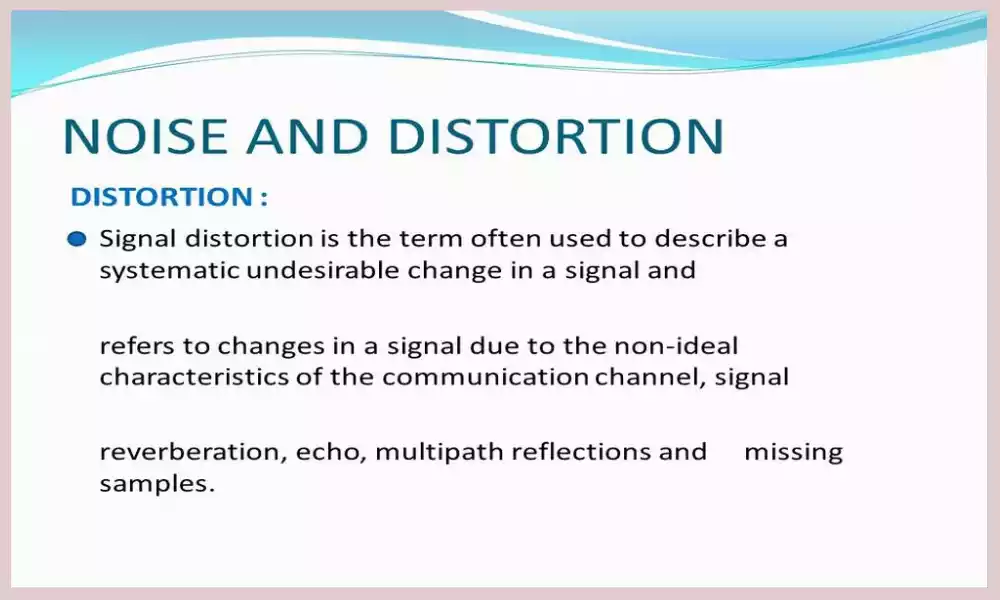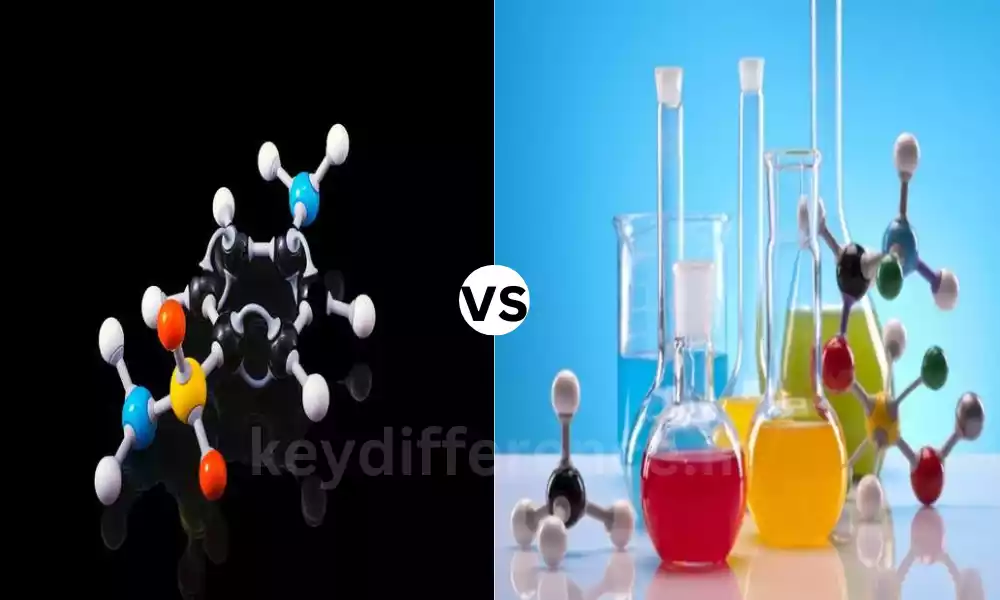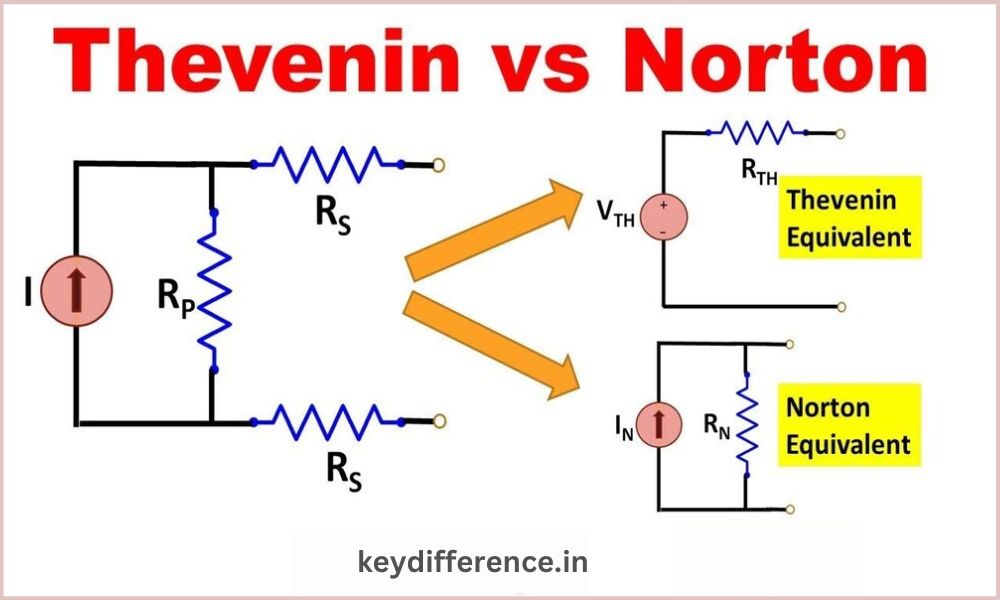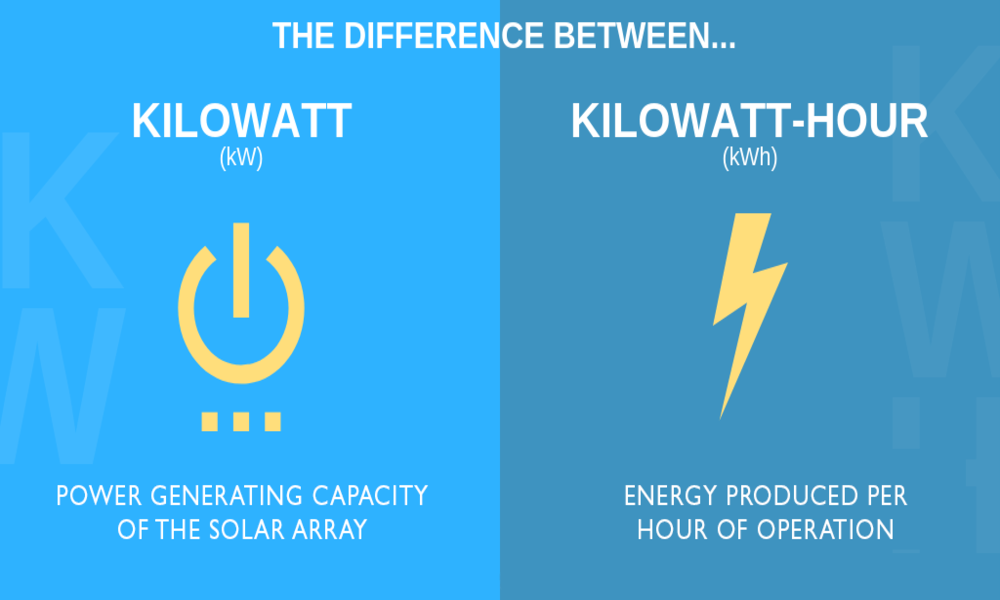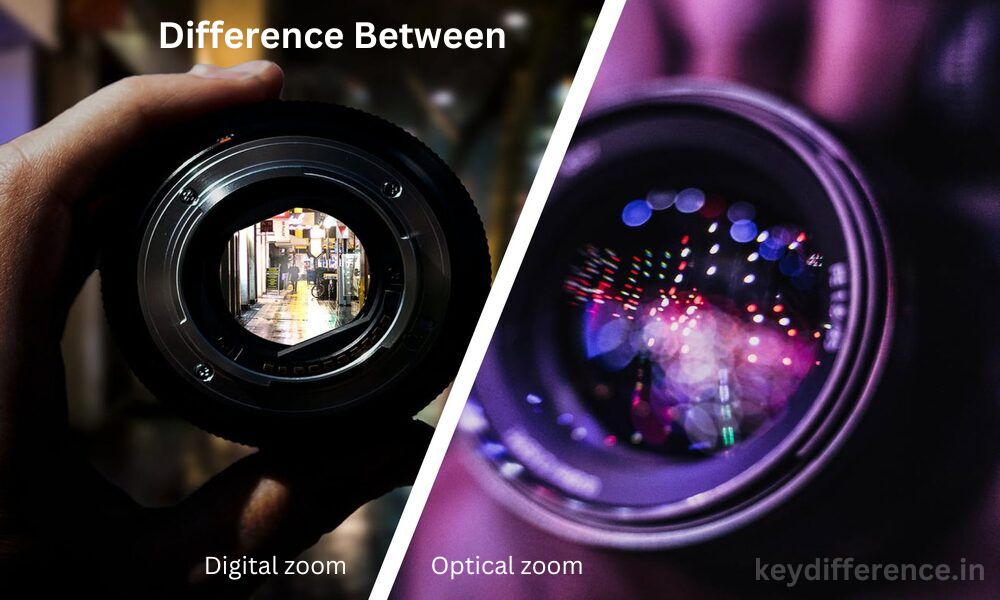Introduction of Distortion and Noise
Understanding distortion and noise is vital when it comes to signal processing and communication systems, since both can alter signal quality in various domains such as audio, video and data transmission.
Distortion refers to any alteration or modification of a signal’s characteristics from their original form, due to nonlinearities in electronic components, improper gain or amplification, interference from external sources or distortion types such as harmonic, intermodulation and phase distortions.
Distortion has numerous adverse impacts on signal quality which have an impactful ripple-through on accuracy and fidelity; we will explore what causes distortion, its effects on signals as well as instances in real life when distortion may arise.
Noise refers to random variations that disturb signals. It can come from various sources such as thermal effects, shot noise or environmental elements; its types such as Gaussian noise, impulse noise and quantization noise degrade signal quality while decreasing SNR ratios.
By exploring its causes and effects we will gain a deeper insight into its implication on signal integrity.
Deliberately distinguishing distortion and noise is crucial to accurately diagnosing signal processing issues and developing mitigation strategies to minimize their detrimental impacts.
We will highlight the differences between distortion and noise by providing definitions, causes, effects, practical examples to enhance comprehension. Let’s dive deeper into their significance for signal processing and communication systems!
What is distortion?
Distortion refers to any change in an original signal’s shape or characteristics; specifically in electronics and communications it involves altering waveforms that carry information, such as sound signals or video streams.
Engineers seek to minimize or eliminate distortion as it generally is undesirable; however in certain instances distortion may actually be desirable.
Distortions may result from many different sources.
Harmonic distortion is one of the most prevalent forms of distortion and is caused by adding harmonic frequencies multiples of an original signal frequency to it.
Intermodulation distortion occurs when two or more signals interact and produce frequencies not present in original signals.
Clipping distortion happens when an amplitude limit is reduced and peak levels become clipped, leading to harsh and distorted audio output.
Distortions may be measured using various techniques, including optical microscopy.
Total harmonic distortion is the go-to measure of distortion, calculated by adding all RMS values for harmonics together with RMS values for fundamental signal. To measure it properly, power ratio to fundamental signal should be used.
Clipping distortion is a type of distortion measured as a percentage of signal that has been clipped off, or “clipped.”
Determining whether distortion is acceptable depends on your application. Audio applications consider any distortion exceeding 0.1% as unacceptable while video applications consider anything beyond 0.5% unacceptable.
Reduce distortion with various methods, such as adding anti-vibration bumpers to your vehicle.
Quality components are paramount, while circuit design should take into account filtering systems. Utilise amplifiers with minimal distortion; in certain instances it may even be used intentionally in order to produce an “rock sound”. For instance, electric guitar amplifiers often employ distortion in order to achieve their desired effects; such as for creating “rock sounds”.
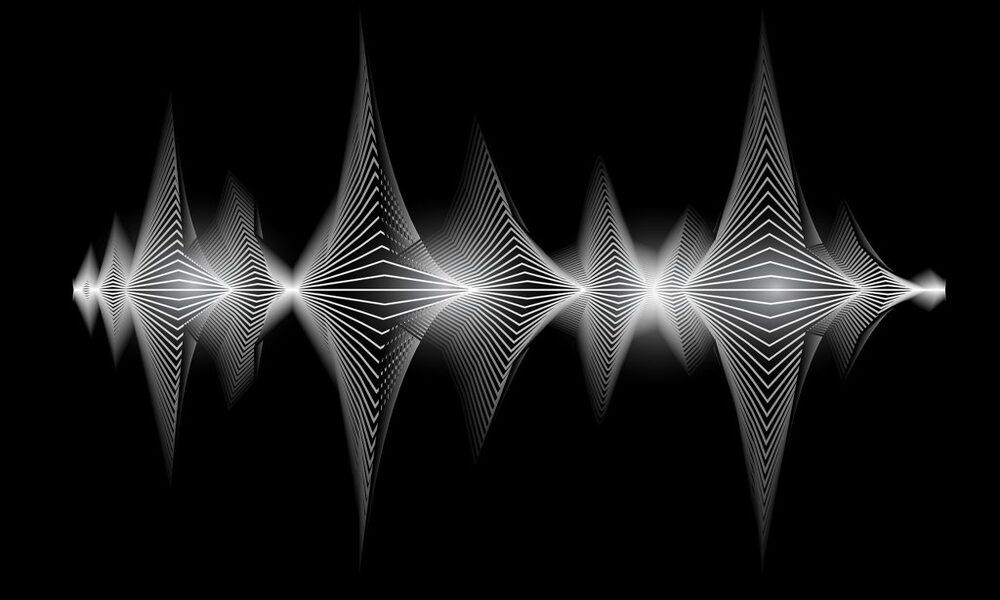
What is noise?
Noise can be defined as any unwanted sound coming from construction sites, traffic flows or machinery – it’s usually disruptive and sometimes even detrimental to our health.
There are two categories of noise:
Acoustic noise refers to sounds audible by humans and measured in decibels.
Electronic noise refers to electromagnetic waves generated noise measured as Watts/square Meter (W/m2).
Noise has different impacts depending on its level, duration and sensitivity.
Noise may cause numerous side effects including:
Annoyance, Irritability, Concentration Problems and Sleep Disturbances Can Lead to Cardiovascular Disease Stress and Mental Health Concerns.
Source Control: You can reduce noise by identifying its source and eliminating it; installing noise barriers around construction areas or choosing quieter machines are examples of methods that could work.
Noise Transmission Control: This is the practice of stopping noise from traveling from one place to the next; soundproofing walls and ceilings is one way.
Protecting the Receiver: Protecting people from noise can also be done; for instance by wearing earplugs that cancel out noise is one way.
Noise pollution can have serious health and wellbeing implications, yet its effects can be mitigated with soundproofing devices or by decreasing noise exposure levels.
To make matters better, noise reduction solutions exist that allow individuals to protect themselves against its damaging effects.
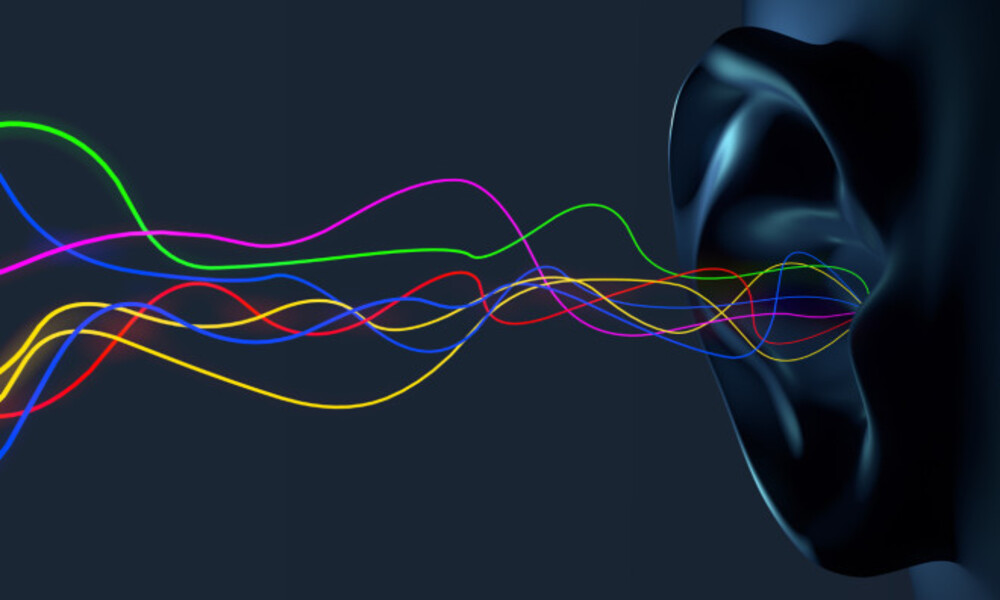
How are distortion and noise different?
Signals can be subject to both distortion and noise, both of which should be minimized using systems.
Distortion can be defined as an alteration to original signals caused by characteristics in their environment or through transmission medium. Signals may change amplitude, phase and/or frequency causing distortion to arise in many different ways resulting from various causes.
Nonlinear Components: Components that do not follow linear laws are nonlinear components; for instance, transistors can be nonlinear.
Imperfect Components: Even components designed to be linear may exhibit non-linearities due to factors like manufacturing tolerances or temperature effects.
Interference from other signals can cause distortion; if a radio receiver picks up signals coming from another station this could distort its intended signal and create distortion.
Noise refers to unwanted random noise that interferes with signals. Signals travel through various mediums and, due to natural causes, become subject to noise pollution. Noise can also be caused by various other sources.
Thermal Noise: Thermal noise is the most popular form of noise pollution, caused by random electron movement within conductors. To produce it, random electron emission from cathodes occurs which also produces noise. For more details, check our article here on Shot Noises!
Flicker Noise (aka 1/f sound): Produced by random movement in charge carriers within a conductor, flicker noise is distinguished from distortion by being an externally added noise signal that amplifies an original signal.
Noise and distortion differ significantly:
Noise can be the result of random processes or distortion caused by nonlinear components; whilst noise reduction is usually achieved using filters and linear components. Noise levels are measured in decibels.
distortion can often be used as an effective means to achieve desired results, while noise will always be considered undesirable signals. Here are a few examples on how distortion and noise can be utilized within audio applications.
Electric guitar amplifiers use distortion to achieve their signature “rock sound”. Noise can give audio recordings an authentic or vintage quality. Furthermore, noise can create special effects such as creating the sounds of passing spaceships.
Audio professionals must understand the differences between distortion and noise to properly implement audio applications. Noise may not always be desirable, while distortion may provide desired effects. Learning the distinctions will help enhance both quality and sound of recordings made with your microphones.
Types of distortion
There are various types of distortion. There are also numerous variations of distortion.
Harmonic Distortion: Harmonic distortion is one of the most frequent forms of signal distortion, created when additional harmonic frequencies are added to an original frequency signal. Harmonics may or may not represent multiples of this original frequency signal.
Intermodulation distortion: Interaction between multiple signals leads to this form of distortion, leading to frequencies not present in original signals and often creating “distortions”.
Clipping Distorsion: When an amplifier’s amplitude is limited, its peak peaks become clipped and may lead to an unpleasant, harsh sound quality. This leads to distortion.
Transient Intermodulation Distortion: This form of distortion results from interaction between transient and steady state signals and can lead to the emergence of frequencies which weren’t present previously in either signal.
Frequency Response Distortion: Frequency response changes are what lead to this form of distortion, with specific frequencies becoming attenuated or amplified, leading to loss of definition or clarity and consequently leading to this type of distorted signal.
Phase Distortion: Phase distortion in a system results from any alteration to its response, such as delaying or advancing signals at specific frequencies, which can disrupt coherence or timing and cause loss of coherence and timing.
Distortion tolerance varies based on your application; audio applications typically consider anything above 0.1% unacceptable while video applications consider anything greater than 0.5% unacceptable.
Distortions can be reduced through various means, including digital image enhancement software.
Filters that feature low distortion are also essential; electric guitar amplifiers often employ it for creating that “rock sound”.
Harmonic distortion
Harmonic distortion occurs when a system is nonlinear and adds harmonics that are integer multiples of its original signal frequency.
Harmonic Distortion may be caused by various Factors, including:
Components with Nonlinear behavior such as Transistors, diodes and other non-linear Components; imperfect Capacitors and resistors; Intermodulation distortion (also known as Comodulation distortion) is caused by Interference among two or More signals that cross each other at any one time, creating Distortion of Soundwaves in their wake.
Clipping distortion occurs by restricting the amplitude of an audio signal. Harmonic distortion can be measured in various ways.
Total harmonic distortion (THD) is the most frequently employed measure of distortion. To calculate THD, add together all RMS values for harmonics with RMS values for fundamental signal.
THD can then be measured through its ratio to power input into fundamental signal output.
To assess this form of distortion, one uses the percentage of signal that has been clipped as its measurement tool.
Harmonic distortion depends upon the application, with audio applications generally considering anything exceeding 0.1% unacceptable; and video applications classifying anything over 0.5% unacceptable.
There are various methods available to reduce harmonic distortion, such as tuning down harmonic frequencies.
High-quality components are indispensable, while circuit design must also take into account filtering, and using amplifiers with low distortion is recommended for optimal results. Harmonic distortion may sometimes be used as an artistic device; electric guitar amplifiers often employ this tactic for producing “rock sound”.
Intermodulation distortion
Intermodulation distortion occurs when multiple signals are mixed in a nonlinear system and new frequencies emerge not present in their original signals – these frequencies are known as intermodulation products and should be addressed accordingly.
IMD can be caused by several factors, including:
Nonlinear components such as transistors, diodes and other non-linear components; imperfect components like capacitors and resistors
Clipping distortion results from signal amplitude limitations being limited too soon in its arrival at its final destination; IMD can be measured through:
Total Intermodulation Distorsion (TIM) is the primary measure of IMD. To compute this metric, add up all intermodulation products’ RMS values with that of the fundamental signal’s RMS value and multiply by 100 to get your result.
Intermodulation distortion of third-order (IMD). This type of IMD is caused by two signals at frequencies f1 & f2, producing two intermodulation products of third order: 2f1-f2 or 2f2-f1.
Intermodulation distortion of fifth order (5th order IMD) occurs due to two signals with frequencies f1 & f2, creating an interference pattern at frequencies 3f1-2f2 or 3f2-2f1. Intermodulation products of 5th order can be found between these frequencies.
IMD is acceptable in certain applications; for instance, audio applications typically allow IMD levels above 0.1% while IMD in video applications is usually considered unacceptable if they exceed 0.5%.
Your IMD can be reduced through various strategies, including regular exercise.
High-quality components are paramount when designing an amp for electric guitar use, and low distortion amplifiers must also be utilized to achieve desired results; using IMD can create “rock” sounds from electric guitar amplifiers.
Clipping distortion
When a signal is limited in its amplitude, it can cause clipping distortion. The peaks are clipped and the sound becomes harsh.
Clipping distortion can be caused by many factors, including:
- Overdriving an amplifier
- Use a gain setting too high
- Use a low input signals
You can also measure the clipping distortion by:
- Peak Clipping is the amount by which the signal is clipped when it reaches its peak.
- Clipping RMS : This is the measure of how much clipping occurs over the entire signal.
Clipping distortion depends on the application. In most audio applications, clipping can be unacceptable when the amount of distortion exceeds 0.1 percent. For video applications, clipping distortion may be unacceptable if it exceeds 0.5 percent.
There is a variety of ways to reduce distortion clipping.
- Lower gain settings
- Use a higher input voltage
- Compressor or Limiter Use
Clipping distortion is used in some cases to achieve the desired effect. In electric guitar amplifiers, clipping distortion can create “rock” sound.
Types of noise
Noise is classified in different ways:
- Acoustic noise: This sound is audible to the human ear. Decibels are used to measure it.
- Noise generated by electromagnetic waves This sound is produced when electromagnetic waves are released. Measurement is in watts/square meters (W/m2).
- White noise: Sound that is loud at all frequencies. Used to calm and mask other sounds.
- The sound is a pink noise. It has a higher frequency but fewer power. It’s used to improve the sound quality of audio recordings.
- The brown noise: A noise that is louder at a lower frequency. It can be used to simulate rain or wind.
- Random noise: A randomly generated sound is one which has no pattern or predictability. It is used for testing electronic devices.
- Periodic noise: A regular sound pattern. The noise is often caused by machines or other artificial sources.
- The Transient Noise: An transient sound is one with a short duration, and without a discernible pattern. It is often caused by explosions or gunshots.
Noise has a wide range of effects:
- Annoyance
- Irritability
- Concentration problems
- Sleep disturbance
- Hearing loss
- Cardiovascular disease
- Stress
- Mental Health Problems
You can reduce noise by:
- Source control: This process involves identifying and reducing the noise source. Examples include installing noise barriers around construction sites or using quieter equipment.
- Control of noise transmission: This prevents the noise from traveling to other places. Soundproofing can be done on the walls and ceilings.
- Protecting receivers: Protecting individuals from noise. One example is wearing earplugs or headphones to cancel out noise.
You can reduce noise and protect yourself from its effects.
White noise
White noise can be created by:
- A fan: One of the most common sources of white noise is a fan. Because fan blades produce a consistent, low noise they can be used to mask other sounds.
- Air conditioners: Air conditioners also produce white noise. Fan blades and compressors are often used to mask other sounds.
- Machines which produce white noise. These are machines that are specifically designed to produce white noise. They are usually equipped with features like timers and adjustable volume.
- Online sources: Several websites offer free white noise recordings. You can play these recordings on your computer or mobile devices.
White noise has proven to be effective in many situations.
- Masking other noises: White noise can be used to mask other sounds such as traffic, construction, or snoring. This noise can help people relax, sleep, or study.
- Creating a sense of calmness: It is a soothing sound that can reduce anxiety and stress.
- Improve your sleep: Use white noise to improve your sleep. You can use white noise to mask other sounds which may disturb sleep.
- Reducing pain: White noise reduces pain by distracting the brain. People with chronic pain can benefit from it.
A white noise machine can help you improve your sleep, reduce stress, or mask other sounds. There are many sources available to choose from.
Pink noise
The difference in frequency distribution makes pink noise sound more natural.
Pink Noise is produced by many sources.
- Fan : Fans are the most common source of pink noise. Low-level sounds created by blades moving in the air may help mask other sounds.
- Air conditioners: Air conditioners make pink noise. Fan blades and compressors are often used to mask other sounds.
- Machines which produce pink sound: Pink noise machines are machines that specifically make pink noise. These can be customized to meet individual needs, with features such as volume controls and timers.
- Online sources: Several websites offer pink sound recordings for free. You can play these recordings on your computer or mobile devices.
The pink sound is effective in many ways, including
- Masking other sounds: You can use the pink noise to mask other sounds such as snoring or traffic noise. It is helpful for people who want a relaxing, sleeping or studying sound.
- Calming mind: The pink sound can create a sense of calmness and reduce stress. This can help those who are anxious or stressed.
- Increase sleep quality: Pink noise improves sleep quality and helps people fall asleep quicker. Use pink noise to mask other noises that can disrupt sleep.
- Reduce Pain: Pink sounds can distract your brain from pain signals. They can help those with chronic pain.
A pink noise source can help you to relax, improve your sleep, and mask other noises. There are many different sources of pink noise to choose from.
Brown noise
Red noise is another name for brown noise. Brown noise is also called red noise.
Sources of brown noise:
- Fan The fan is the most common source of brown noise. A low, constant noise produced by blades moving in the air can be used to mask other sounds.
- Air conditioners: Air conditioners make a brown noise. Fan blades and compressors are often used to mask other sounds.
- Machines which produce brown noises: Machines specifically designed to make brown sound. These can be customized to meet individual needs, with features like timers and variable volumes.
- Online sources: A variety of websites offer recordings of brown sound for free. You can play these recordings on your computer or mobile devices.
Brown noise has proven to be effective in many situations.
- Masking other sounds. The sound can be used to mask other sounds such as traffic noise, construction noise, or snoring. This noise can help people relax, sleep, or study.
- Calming your mind: You can reduce stress by listening to a brown noise. This can help those who are anxious or stressed.
- Increase sleep quality: The sounds of brown noise may help people fall asleep more quickly and sleep better. Use brown noise to mask other noises that disturb sleep.
- Reduce Pain: By distracting the brain from pain signals, brown sound can reduce pain. This can help those with chronic pain.
Choose from many sources to choose the one that suits your needs.
Comparison Table of Distortion and Noise
Below is a comparison table highlighting the key differences between distortion and noise:
| Aspect | Distortion | Noise |
|---|---|---|
| Definition | Alteration or modification of signal’s characteristics from its original form | Unwanted random variations that interfere with a signal |
| Causes | Nonlinearities in electronic components, improper gain or amplification, interference from external sources | Thermal effects, shot noise, external environmental factors |
| Types | Harmonic distortion, intermodulation distortion, phase distortion | Gaussian noise, impulse noise, quantization noise |
| Effects | Alters the signal’s integrity and accuracy | Interferes with the signal and reduces quality |
| Examples | Audio distortion in music production, image distortion in photography or video | Audio noise in recordings or broadcasts, image noise in digital photography |
This table provides a concise overview of the main distinctions between distortion and noise.
It highlights the differences in their definitions, causes, types, effects, and practical examples. Understanding these disparities is crucial in identifying and addressing signal quality issues effectively.

